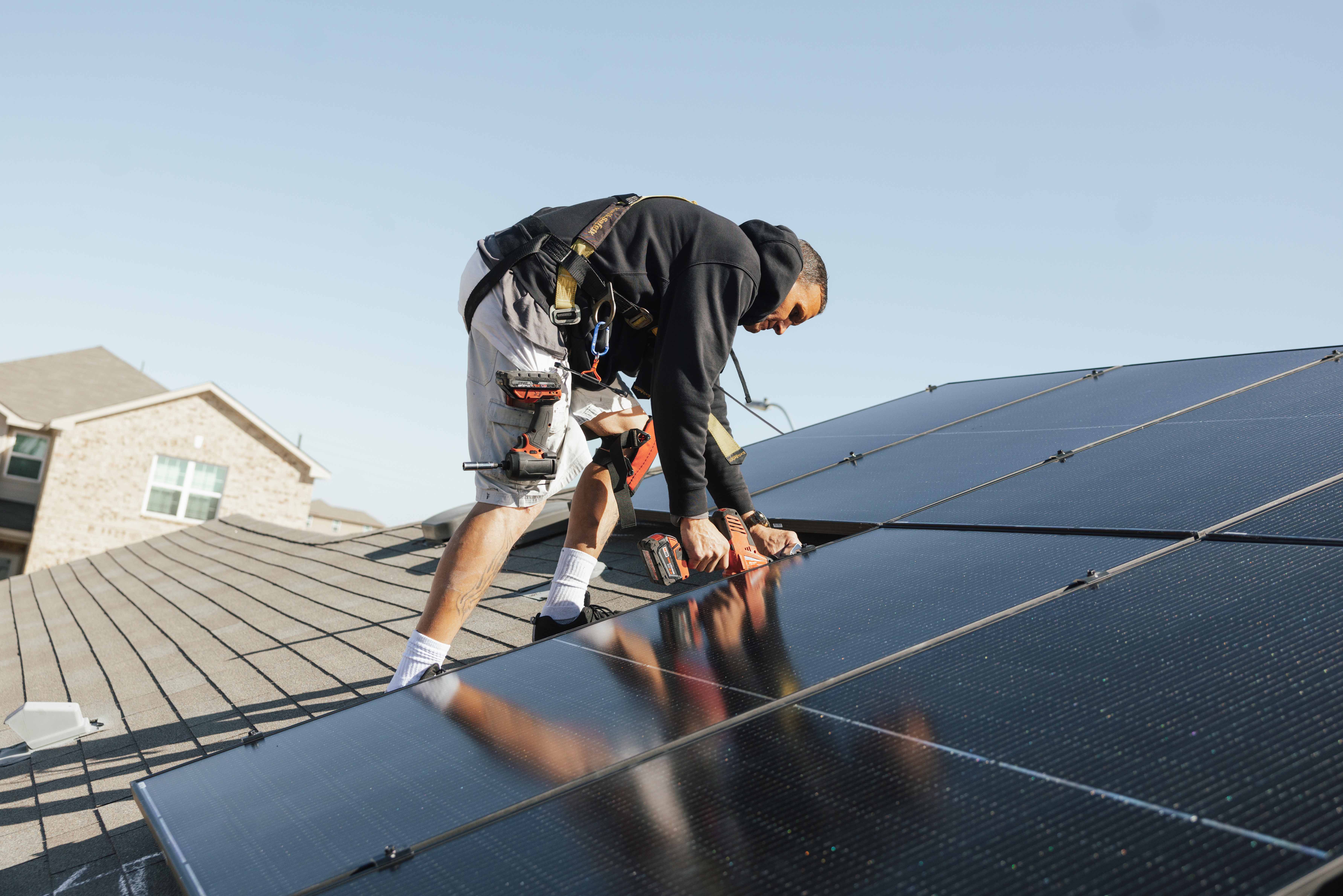FAQ's
We make solar simple. Check out some of our most frequently asked questions to learn more about the solar process.

Solar panels are made of special cells (PV or photovoltaic cells) that absorb sunlight and produce an electrical current.
In order for your home to use that electrical current (known as DC or Direct Current), it must be converted into AC (or Alternating Current), which is done through micro inverters that are attached to each solar panel.
Once the energy has been converted, it runs through your electrical panel, gets distributed within your home, and can be used to power your appliances, lights, and more.
There is no out-of-pocket cost to you to get started with ION Solar. If you can afford your current utility bill then you can absolutely afford to switch to solar. You’ll pay nothing upfront, enjoy decades of lower power rates, and protect yourself against rising utility rates .
After switching to solar your home will offset so much carbon dioxide it’s the equivalent of planting an average of around 78 acres of trees. Whether you happen to wear a cape or not--going solar means you’re a planet-saving superhero.
Studies find that homes with solar sell faster and for more money. Why? Solar adds value by cutting expenses. It’s cheaper to live in a solar home and that’s a big bonus for home shoppers. Plus your dedicated Project Manager will make the transition an easy one for both you and the new homeowner.
Yes, you will still receive a utility bill each month. Each utility company is different, but there is typically a small monthly fee to connect to the grid. Additional fees are dependent on your energy consumption and on the amount of energy, the system will produce. If a solar system generates more electricity than the homeowner consumes, utilities may offer credits or payouts for the excess energy produced.
If your electrical usage increases, it is likely that your utility bill will as well. Remember that we build your system to match your energy needs based on your previous usage patterns.
Poor weather may temporarily decrease energy production. Production can also be affected by snow covering the panels. Cleaning snow or debris from your solar system can be beneficial to your production. On stormy days, remember to consider the system generation as a whole over the course of a year or more. Higher production during summer months and sunny days will counterbalance days with poor weather.

